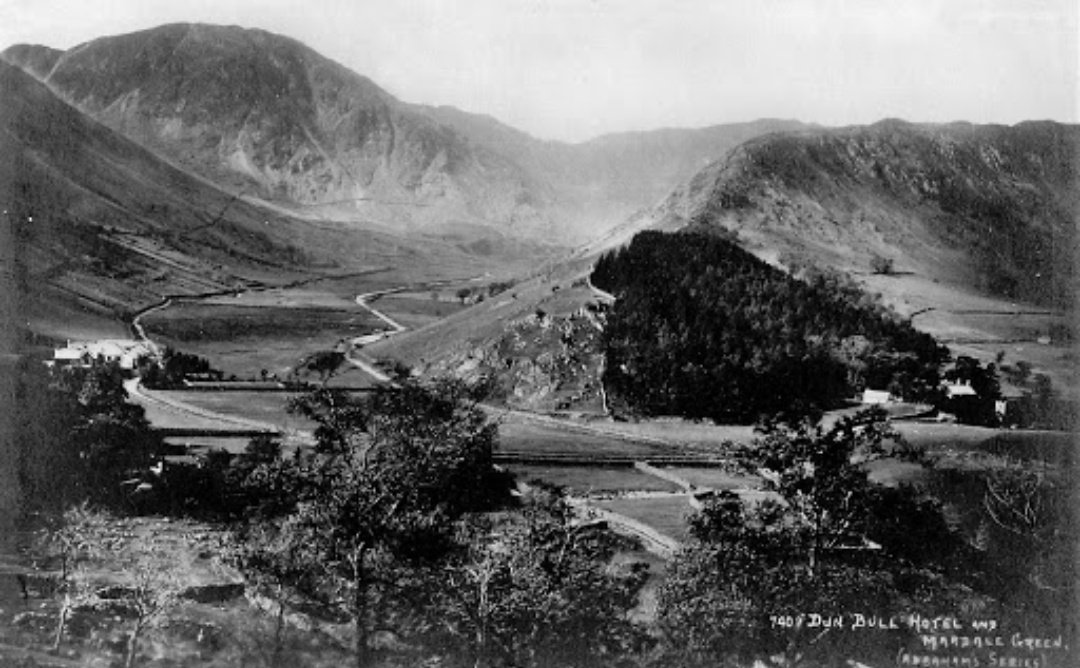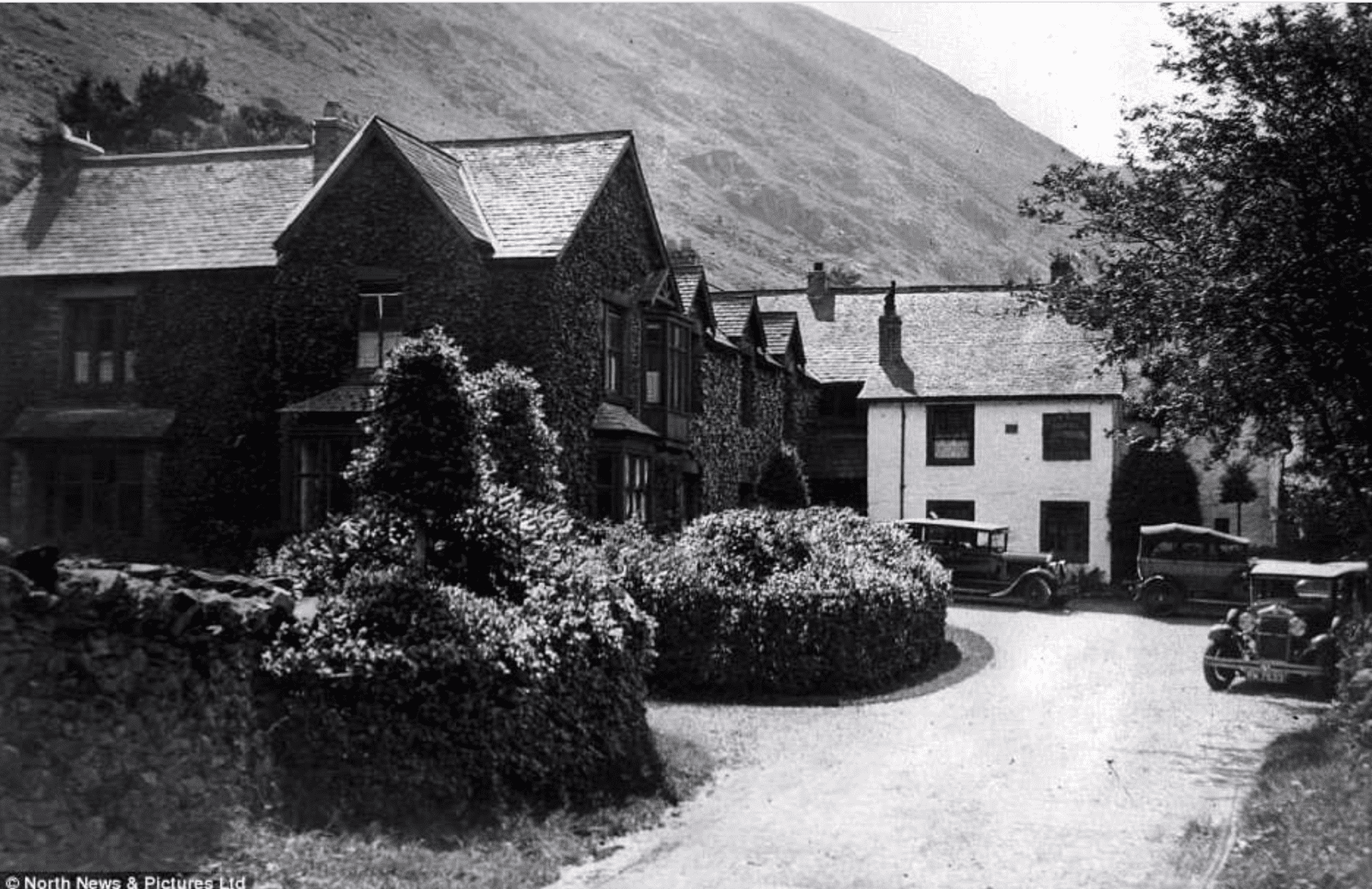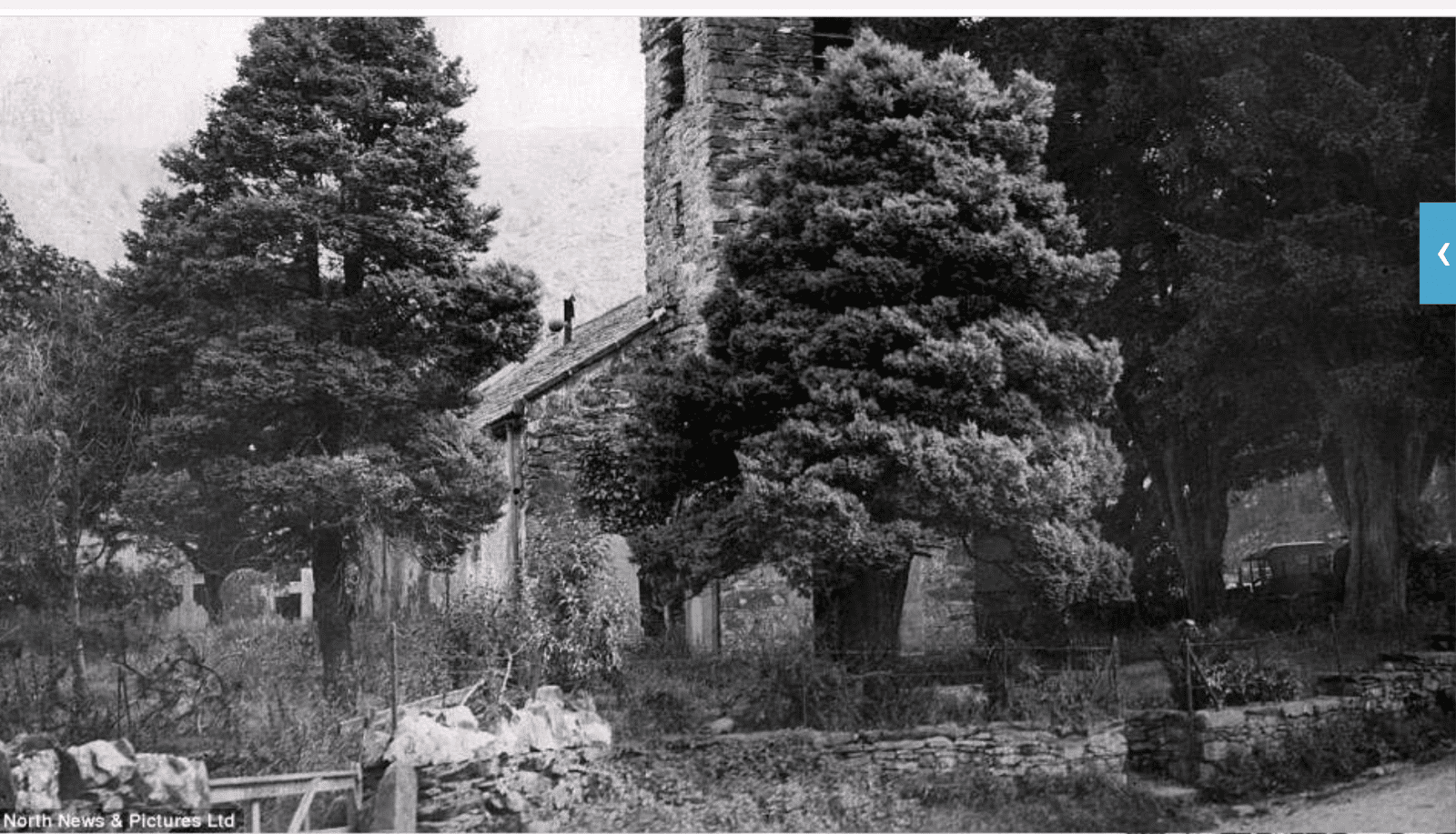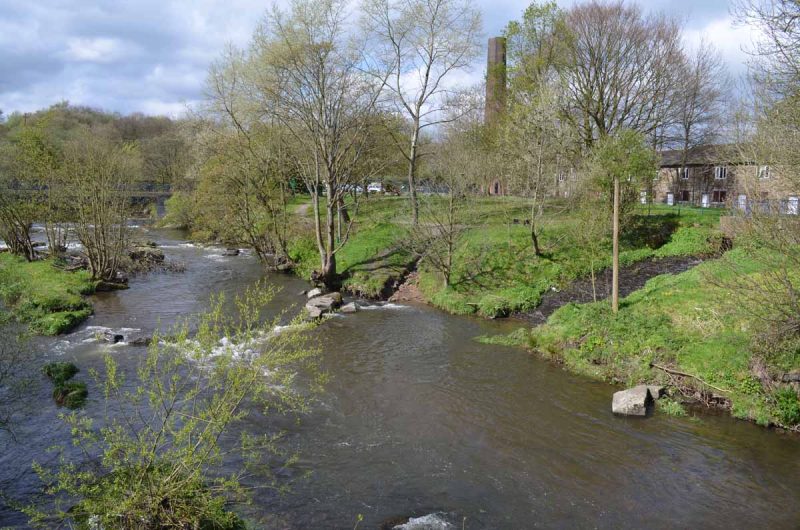News
The lost village submerged beneath a lake that has now reappeared
The old dry stone walls that once separated farmer's field can currently be seen stretching across the lake's floor, as well as the 17th-century humpback bridge and the remains of streets left behind
Beneath Haweswater Reservoir in the Lake District lies a forgotten village that has been submerged in the lake’s depths for decades.
The hamlet has been hidden for such a long time that many visitors familiar with the area would have no idea that there had ever been a settlement there. Although it sometimes appears in glimpses during heatwaves, it is normally concealed from view.
But now, due to low water levels in the reservoir – which supplies Manchester with drinking water – the hamlet’s 17th-century humpback bridge and outline of its former streets have reappeared, giving a glimpse of the lost ‘Atlantis’ village that lies beneath.

Once home to a small settlement that had sat in the Haweswater valley, Mardale Green was mostly occupied by farmers and was home to a close-knit community for many years before it was razed to the ground by the Manchester Corporation, now United Utilities.
There is thought to have only been twelve houses in Mardale Green, as well as a school, church, and pub called The Dun Bull Inn – which, according to The National Trust, was locally famous for its ‘autumnal shepherds’ meet’ held annually on the third Saturday of November.
But when permission was granted by Parliament by way of an Act allowing the Manchester Corporation to build the reservoir here in order to supply urban areas in the north-west, a way of life ended in this beautiful part of Cumbria.

Regarded by many as Westmorland’s loveliest valley, there was some considerable upset and upheaval as villagers were evacuated and farms and houses were blown up by the Royal Engineers – who used the exercise as demolition practise.
Even the village’s coffins were dug up from their resting place in the local graveyard and re-buried at nearby Shap.
The exception to the destruction was the village’s small church, which was dismantled brick by brick and then reassembled to become the water take-off tower that today sits on the western edge of the reservoir.

Typically the depth of the reservoir. near Penrith, sits between 21.56m and 31. b39m since records began and when it’s full, it can hold up to 84 billion litres of water
But in the past year, it has fallen significantly – recorded as sitting between 15.1m and 31.94.
This week water levels have been especially low – recorded at 16.76m on Monday 20 September and falling. At times like this, some like to go and see what is left of the village and take a walk around the area.
The old dry stone walls that once separated farmer’s field can currently be seen stretching across the lake’s floor, as well as the 17th-century humpback bridge and the remains of streets left behind.

The only building of any note that is left in the area today is the grand art deco Haweswater Hotel, built to replace The Dun Bell Inn (and rehome its landlady) in 1937.
Its current landlord is an enthusiastic local historian, and for those who are interested some interesting artefacts of the lost village can be seen here.
In the hotel’s hall, a glass case contains a model of the old Mardale church – whilst in the public rooms, you’ll find some fascinating photographs of life in the village before it was drowned.
Roughly two hours drive from Manchester, today the reservoir is managed by the RSPB and home to one of the last golden eagles in the country. It remains a popular walking spot for ramblers and hikers.
Feature image – Marathon via Geograph

















